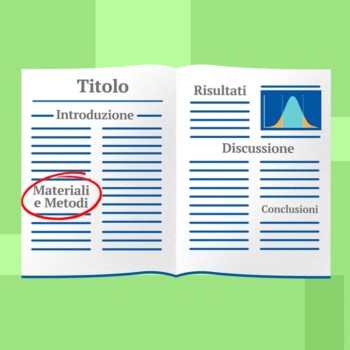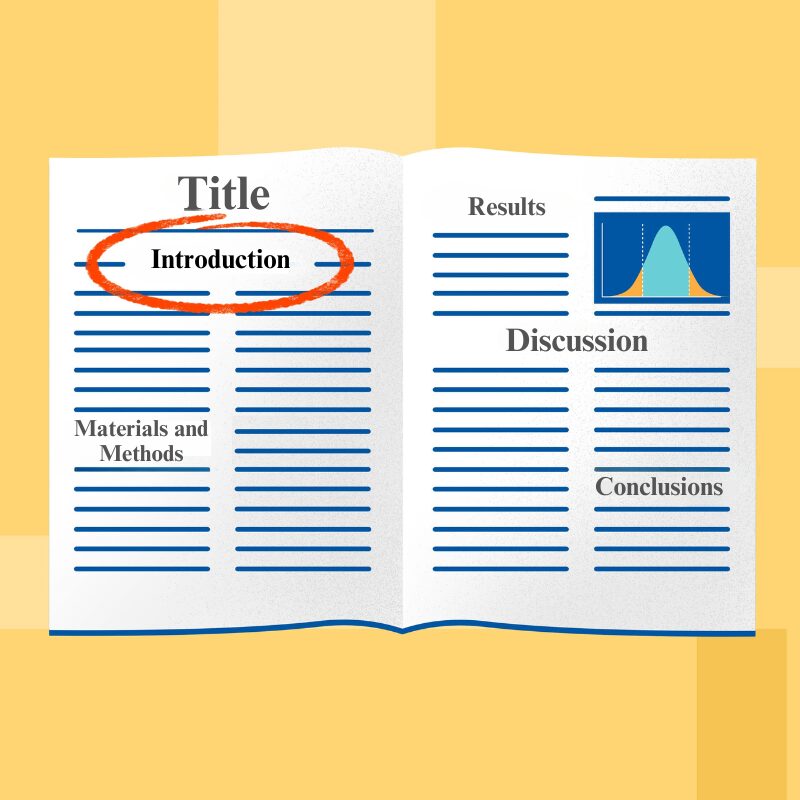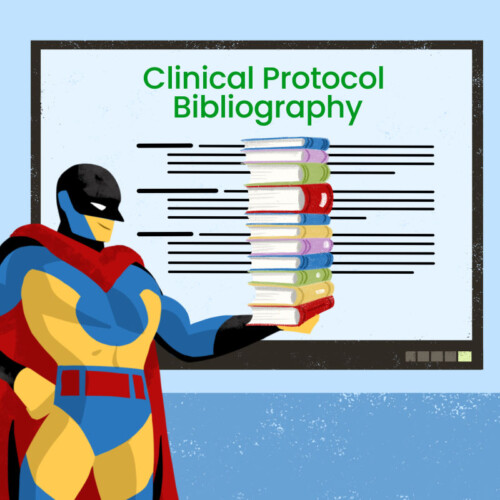In an article aimed at describing the results of a clinical study, the introduction allows the reader to frame the clinical context in which the study was conducted and describes the reasons that led to its execution within this context. In other words, the introduction should enable the reader to quickly revisit the fundamental points characterizing the clinical setting of the study, understand which open questions the study attempts to address, and consequently justify its conduct within the same context, ideally engaging the reader and encouraging them to continue reading.
Is there a “standard structure” for a good introduction? The answer is not straightforward. However, some considerations can guide the writer in drafting it. The first consideration is that the introduction, like the rest of the article, should have a clear and coherent logical thread for the reader. One possible approach to its writing could be the “zoom-in” method. An example of this approach, which we mention because it is easy to remember, although not related to scientific literature, can be found in the famous opening of “I Promessi Sposi” by Alessandro Manzoni: where from that branch of Lake Como, the view gradually narrows, first following that part that becomes a river, and the little streets that line it, ultimately arriving at the sight of Don Abbondio returning home from his walk. This approach works because it guides the reader to follow an increasing detail until focusing on a single subject and what (poor him!) will soon happen to him.
Thus, the introduction of a clinical article could follow a similar structure. Let’s suppose it concerns a study related to a disease and its treatment approach. In this case, the introduction could begin by providing some basic information regarding the disease, such as its incidence and prevalence—so that the reader understands some fundamental elements—and then quickly outline its etiology. Next, it would focus on a brief description of the current therapy, highlighting its limitations, and if relevant to the context of the study, describing any novel therapeutic approaches introduced. It would then clarify which questions remain open, based on the described context, and among these, identify the specific question that the study intends to address, and why it is important to answer it. In other words, the introduction would conclude by stating the primary objective of the study, providing a proper transition to the “Patients and Methods” section, which will subsequently describe how this objective was achieved.
An introduction structured similarly to the one just described (with all necessary adjustments related to the conducted study) has the advantage of following a fairly linear and, so to speak, “self-sustaining” logical thread: it leads the reader to understand the context and reason for the study’s conduct, outlines the primary objective, and ideally encourages further reading. An additional improvement, which is not strictly necessary but sometimes appropriate, is to consider how the results will be discussed while writing the introduction: incorporating information that is best recalled by the reader to prepare them for what will be expressed in the discussion. This way, the introduction will not only serve as a “vehicle” for describing the operational aspects of the study (“Patients and Methods”) but, in the long run, will help provide greater coherence to the entire work in relation to how the results will be discussed and, consequently, to what is expressed in the “Conclusions” section.










